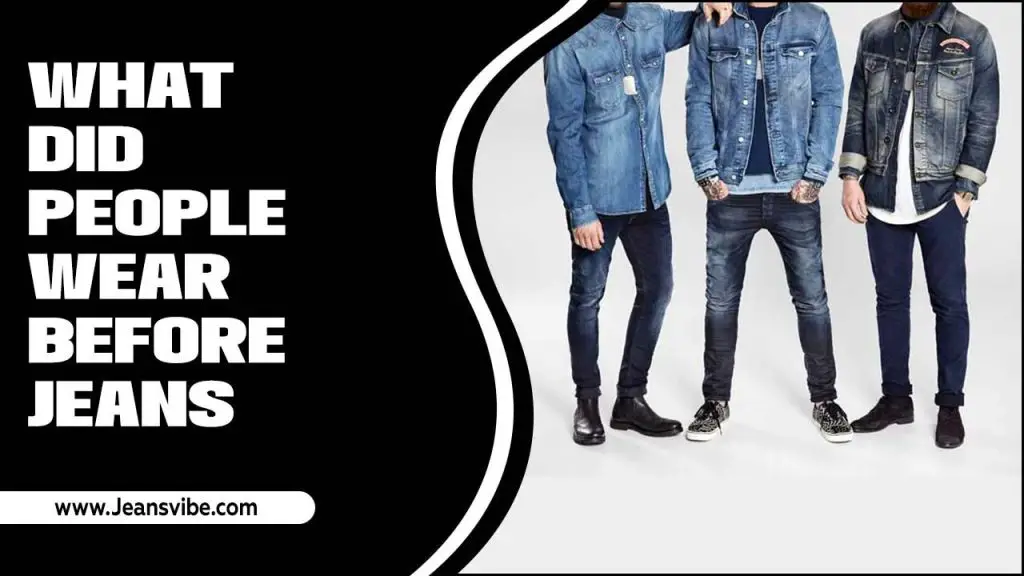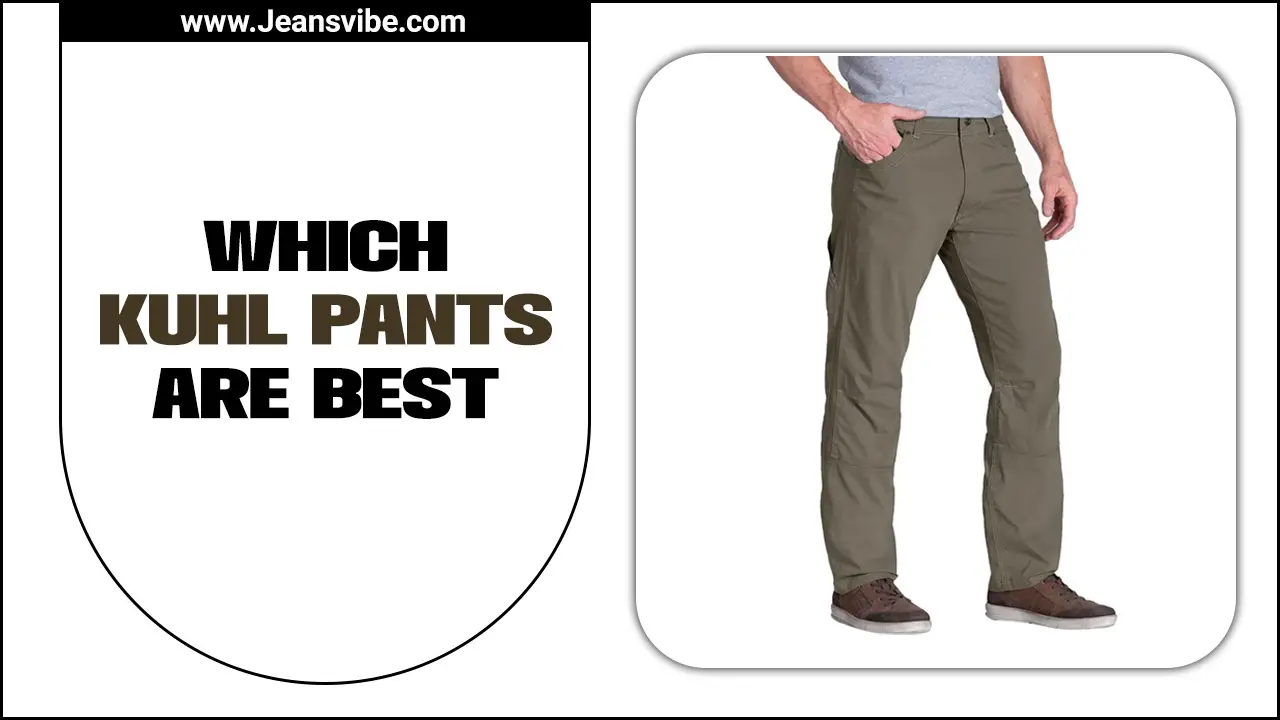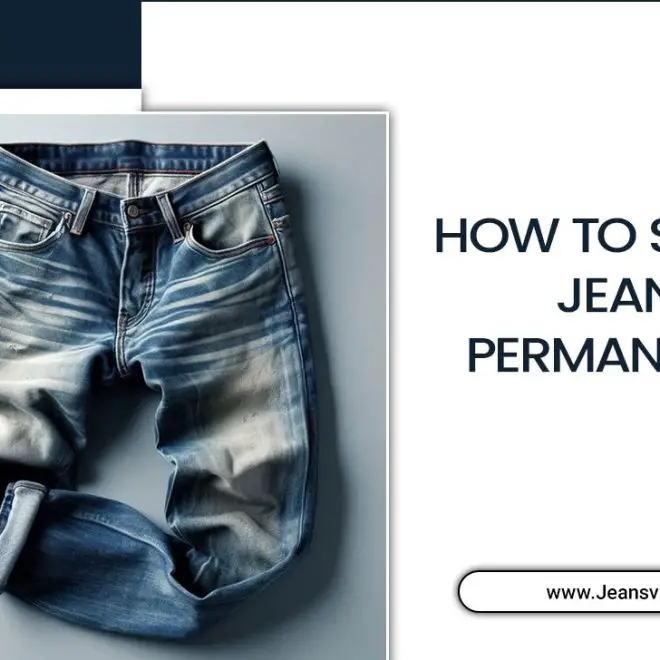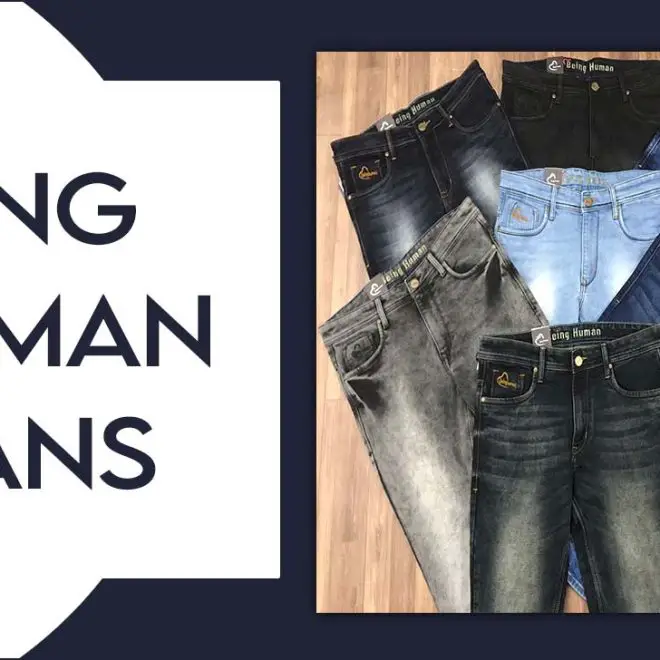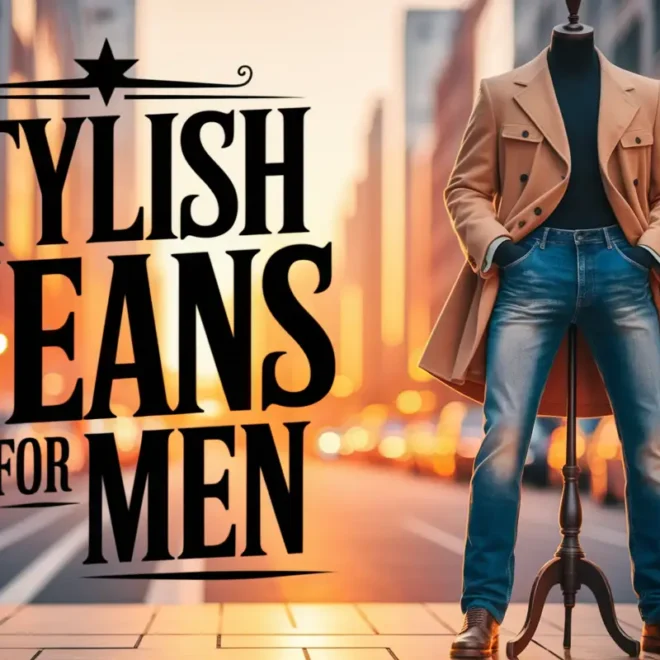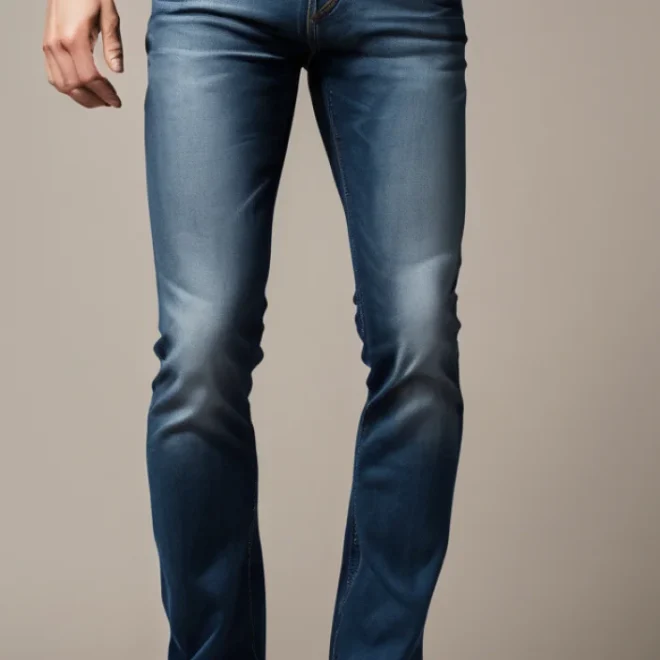Jeans, now a global fashion staple, have a storied history that began in the mid-19th century. Originally crafted as durable workwear for miners and laborers in California during the Gold Rush, denim pants evolved from sturdy cotton twill fabric known as “serge de Nîmes,” shortened to denim. In 1873, Levi Strauss and Jacob Davis patented the iconic design featuring rivets for added strength, revolutionizing workwear with what would become known as blue jeans.
Jeans have become a staple in modern fashion, but it wasn’t always the go-to choice for clothing. The iconic denim fabric was only invented in the late 19th century, making it a relatively recent addition to our wardrobes. Here, we will take you through the journey of what did people wear before jeans.
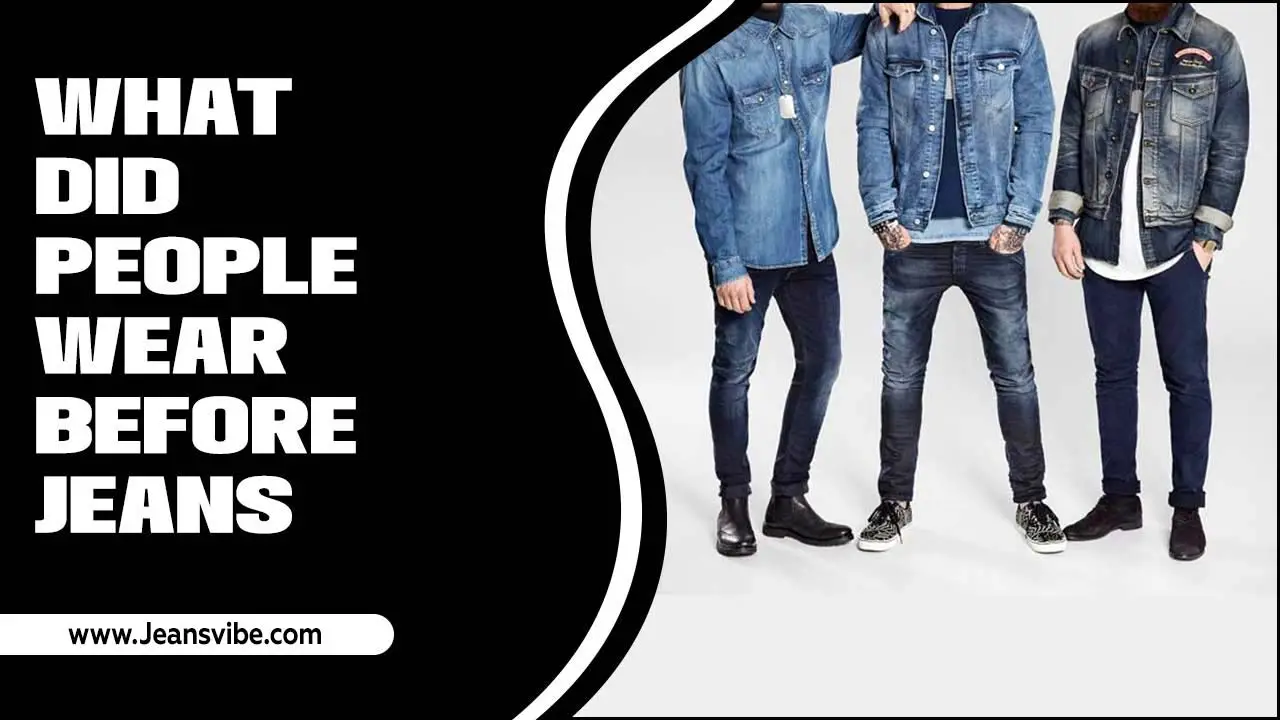
What Did People Wear Before Jeans – Tracing The Evolution Of Casual Attire
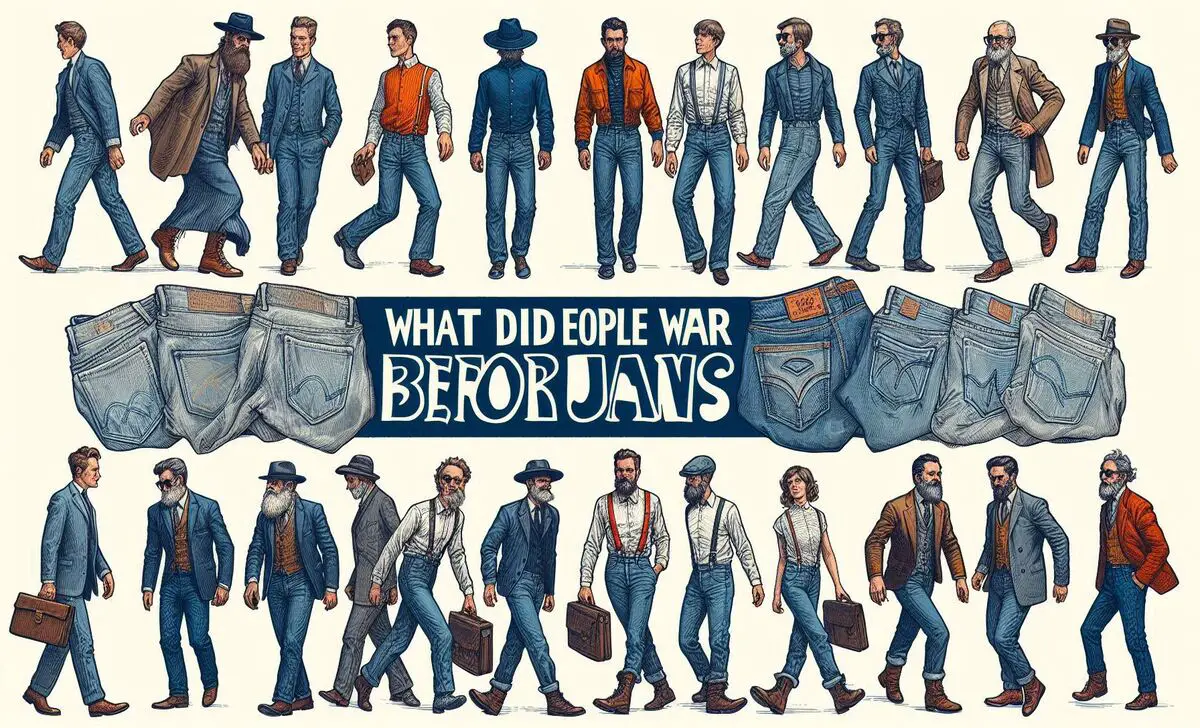
Jeans began as practical workwear in the late 19th century but gradually became a central element of global fashion by the mid-20th century. Their journey from rugged work trousers to fashion staples reflects their adaptability and enduring popularity across different cultures and generations.
Before jeans became a staple in the fashion world, people wore a variety of fabrics, materials, and styles. In the 19th century, for example, trousers made from wool or cotton were popular choices for men. Women often wore long skirts made from materials such as silk or cotton.
1.Wool Trousers
Wool trousers were a staple in men’s wardrobes before the advent of jeans. These trousers varied in weight depending on the season:
- Heavier Wool Trousers: During the winter months, men often wore trousers made from heavier woolen fabrics. People designed these pants to provide warmth and typically crafted them from thick, durable woolen cloths such as tweed or flannel.The texture and weight of these fabrics helped insulate the body against cold temperatures.
- Lighter Wool Trousers: For the spring and autumn seasons, lighter woolen trousers were popular. These garments feature finer woolen blends or gabardines, offering a balance between comfort and practicality as temperatures fluctuated.
2.Linen Pants
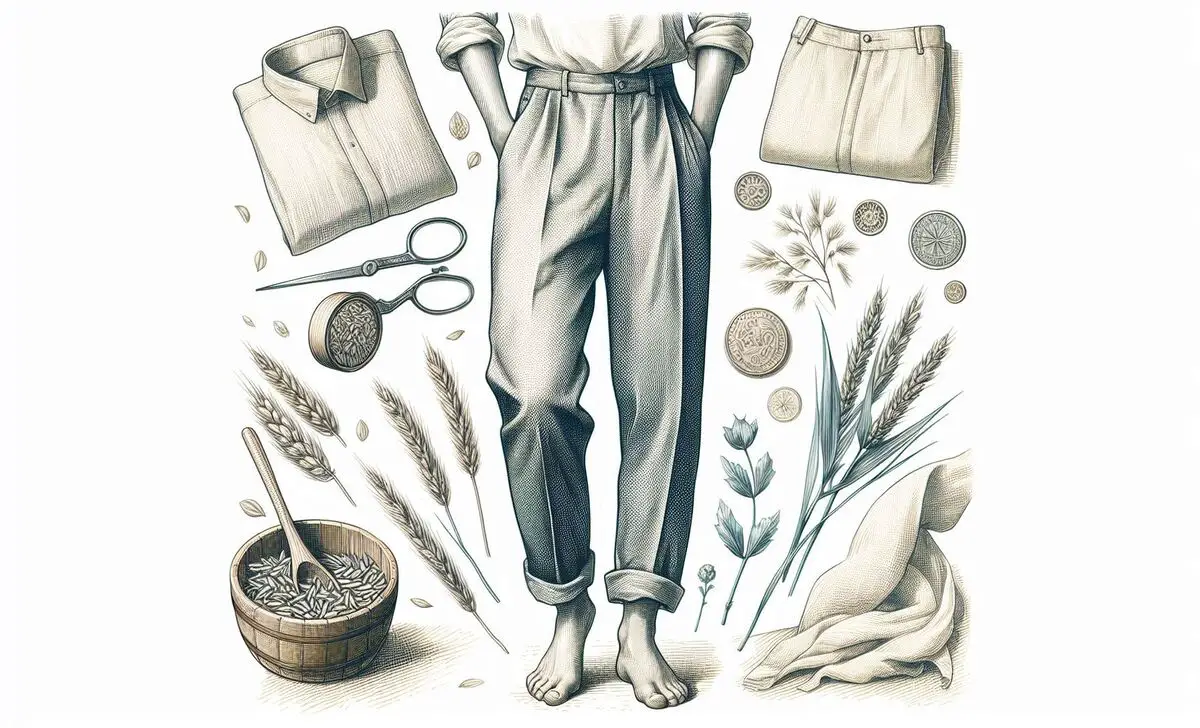
Pants of linen were favorite for their breathability and lightness, making them an ideal choice for warmer weather. Linen, derived from the flax plant, has a crisp texture and a natural sheen, which added a touch of sophistication to casual attire. People typically cut these pants in a relaxed fit to enhance comfort and airflow, which was essential for hot and humid conditions.
3.Cotton Pants
Pants of cotton provided a versatile and comfortable option for everyday wear. Cotton, being a soft and absorbent fabric, was ideal for casual and semi-formal occasions. It offered various weaves and finishes, including twill and canvas, which added durability and ease of maintenance. Cotton pants could be worn throughout the year, with different weights and treatments suitable for different seasons.
4.Silk Crepe And Muslin Pants
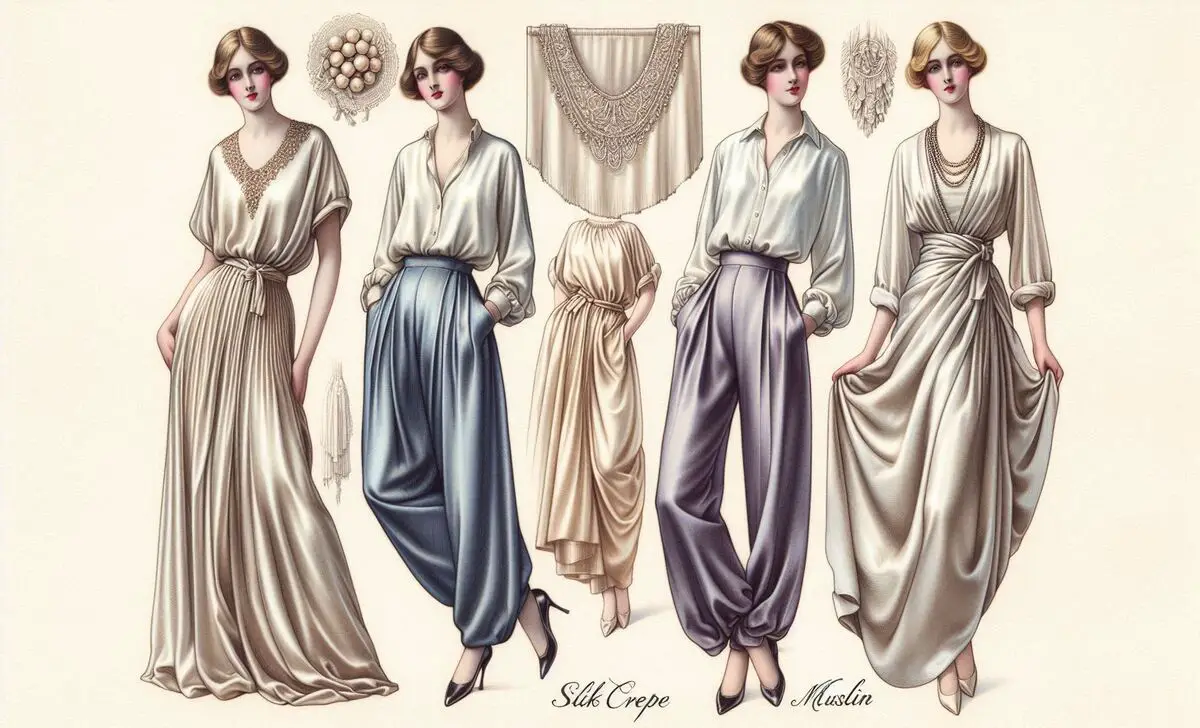
For ladies, silk crepe and muslin offered luxurious alternatives to more everyday fabrics:
- Silk Crepe: Silk crepe pants were known for their elegant drape and slightly textured surface. This fabric’s delicate nature made it suitable for formal or semi-formal occasions. The smooth, lustrous finish of silk crepe added a refined touch to women’s attire, reflecting both sophistication and grace.
- Muslin: Muslin pants were a lighter, airy option made from a plain weave cotton fabric. This fabric was less formal than silk but still provided a soft and comfortable fit. Muslin was particularly favored for its breathability, making it a practical choice for hot weather.
Pre-Jeans Fashion Trends Throughout History
In the early 19th century, workers often wore durable trousers made from materials like canvas or duck cloth. The designers designed these pants to withstand the rigors of manual labor and provide protection and comfort.
Over time, other workwear styles emerged, such as overalls and coveralls, which offered even more coverage and functionality. Over the decades, jeans transcended their utilitarian origins to become symbols of rebellion, youth culture, and casual fashion worldwide.
From Hollywood icons to everyday wear, their enduring appeal lies in their comfort, versatility, and ability to adapt to ever-changing fashion trends, making them a timeless wardrobe essential enjoyed by people of all ages and backgrounds.
Styles Commonly Worn Before Jeans
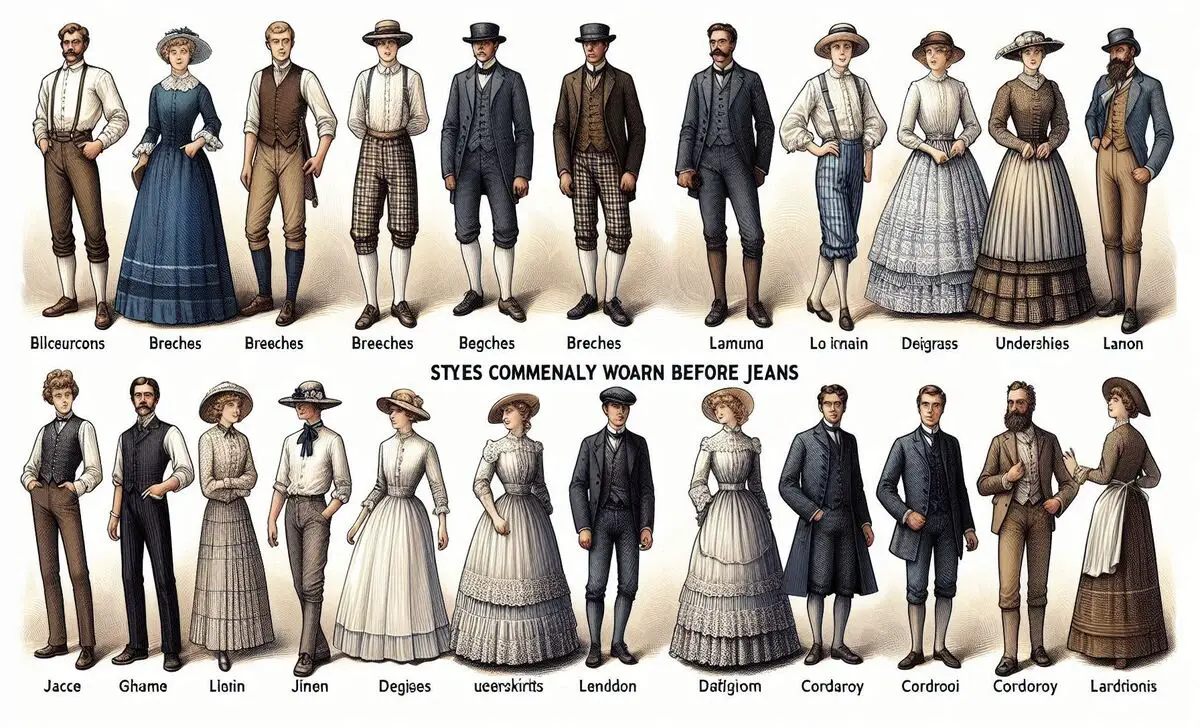
Common styles included breeches, which men wore as knee-length pants, and petticoats, which women layered as underskirts to add volume to their dresses. People frequently used fabrics such as linen, denim (before it became associated with jeans), and corduroy in their clothing before jeans came into fashion. These different fabrics and styles reflected the diversity of fashion choices available to people before the rise of jeans as a wardrobe staple.
Styles
1.Trousers And Slacks:
- High-Waisted Trousers: In the late 19th and early 20th centuries, high-waisted trousers were common for both men and women. These trousers often featured pleats and people worn them with suspenders or belts.
- Wide-Leg Trousers: Popular in the early 20th century, these trousers offered a loose, flowing silhouette that was both comfortable and stylish.
2.Breeches And Knickers:
- Breeches: Men wore breeches from the 16th to 18th centuries as knee-length pants fastened at the knee with buckles or buttons. They commonly paired these with stockings and included them in both formal and semi-formal attire.
- Knickers: Knickers evolved from breeches and gained popularity from the late 19th to early 20th centuries. These pants extended just below the knee and often came with knee-length socks
3.Culottes And Skirts:
- Culottes: For women, culottes offered a blend of skirt and trouser, providing the freedom of movement of pants while retaining the appearance of a skirt.
- Long Skirts: Women often wore long, flowing skirts made from a variety of fabrics, including wool, cotton, and silk. You can pair these skirts with blouses or fitted bodices for various occasions.
How Jeans Became A Staple In Modern Wardrobes?
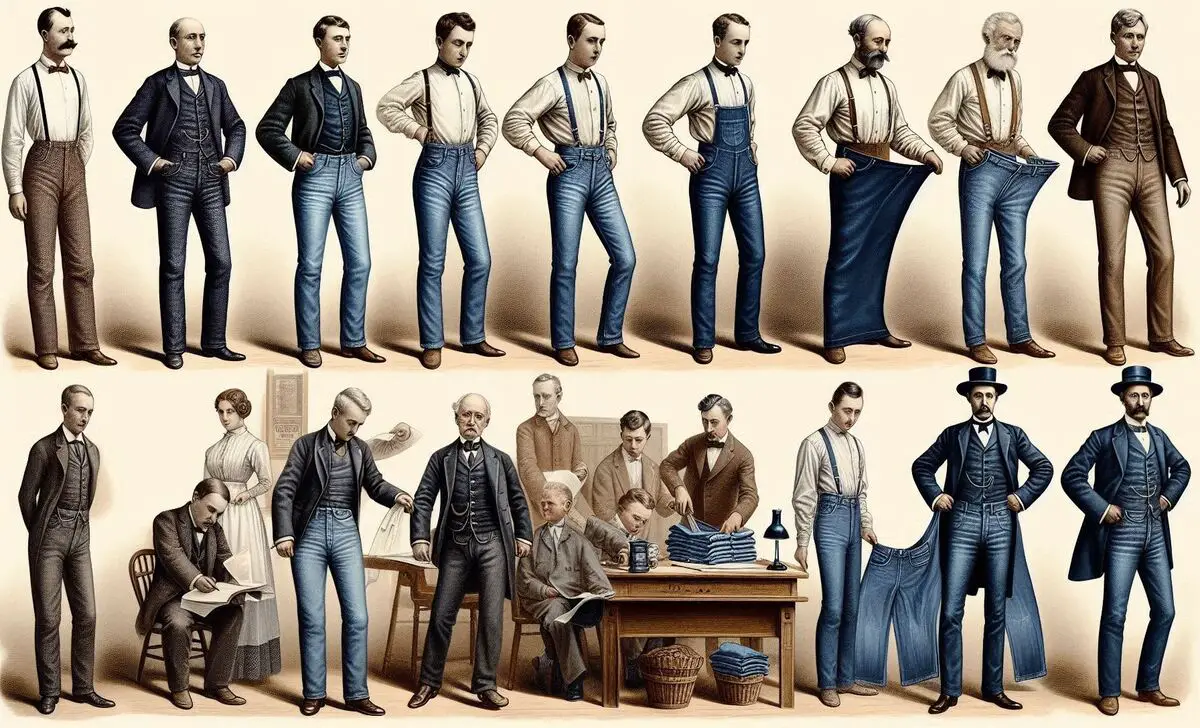
Before jeans gained popularity, people relied on different types of pants and trousers for everyday wear. In the 19th century, for example, working-class individuals often wore sturdy canvas or wool trousers for durability and comfort.
Over time, as the demand for more durable workwear increased, denim pants began to emerge as a popular choice.
Levi Strauss created the first pair of jeans in the late 1800s and received widespread credit for it. He originally designed these durable pants for gold miners in California.
These sturdy and versatile pants quickly gained popularity and became synonymous with ruggedness and durability. Jeans continue to evolve with trends such as skinny jeans, high-waisted jeans, and sustainable denim practices. The versatility and enduring appeal of jeans have made them a permanent fixture in wardrobes around the world.
Conclusion
In summary, before jeans became a ubiquitous choice, people crafted trousers and pants from a variety of materials tailored to seasonal needs and social contexts. Wool, linen, cotton, and finer fabrics like silk crepe and muslin each offered distinct advantages, reflecting the versatility and evolution of casual and formal wear throughout history. Be
From traditional outfits to popular styles of the time, fashion has evolved significantly over the years. The rise of denim in fashion revolutionized the clothing industry and introduced a durable and versatile option for both men and women. As fashion continued to evolve, different materials and styles emerged, leading to the diverse range of clothing we have today.
Frequently Asked Questions
1.What Did Men Wear Before Jeans?
Before the rise of jeans, men wore various pants, including corduroys, khakis, and trousers made from wool or linen. Denim trousers were popular in the 1800s, but they weren’t yet the blue jeans we know today. Workwear like overalls and coveralls were common before jeans gained popularity among men in the mid-20th century.
2.What Did They Wear Before T-Shirts?
Before the invention of T-shirts, people wore linen or wool undergarments. Men commonly donned button-up shirts with collars and ties as everyday wear. Women had blouses, dresses, and skirts made of fabrics like cotton, silk, or wool. Athletic wear like tank tops and sweatshirts also existed before the rise of T-shirts.
3.What Was Denim Used For Before Jeans?
Ans: Before jeans, denim was primarily used for workwear due to its durability and strength. It was commonly used for uniforms, like those soldiers wore in World War II. Denim also found its way into overalls and jackets worn by railway workers and miners. Today, it continues to be used in various clothing items.
4.Who First Wore Pants?
The origin of pants is difficult to determine as various cultures have worn them throughout history. The oldest known pants were found in China around 1000 BCE and were initially worn for practical reasons like horse riding and manual labor. Before jeans, people wore linen trousers, breeches, and overalls as alternatives.
5.Where Does The Word Jeans Come From?
The origin of the word “jeans” can be traced back to the French phrase “bleu de Gênes,” which translates to “blue of Genoa.” Initially worn by sailors and miners for their durability, jeans gradually gained popularity in the 1950s due to their association with rebellion and youth culture.


